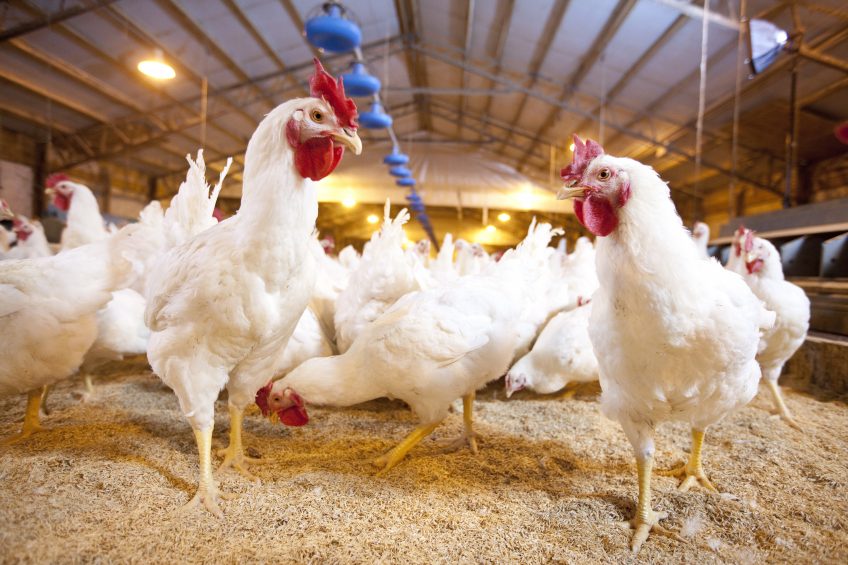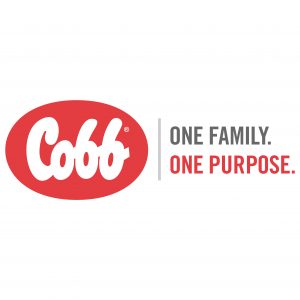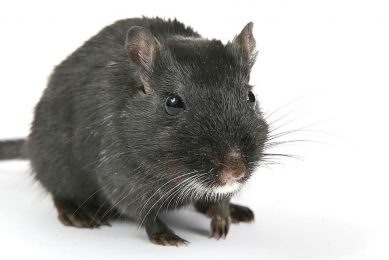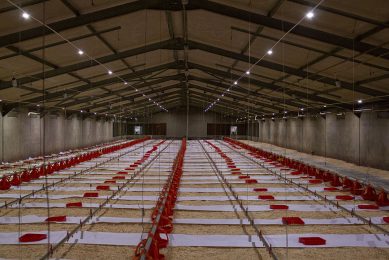Data capture and genetic progress in feed conversion

Today’s broiler shows a marked improvement over the broiler of the middle of the last century, but it is still a relatively inefficient converter of feed into meat. Approximately 10 pounds (4.5kg) of feed are needed to grow a typical 6-pound (2.7kg) tray pack bird. This bird will produce around 4 pounds (1.8kg) of manure over its lifetime while converting 1.65 pounds (0.75kg) of feed into 1 pound (0.45kg) of live weight. Despite great strides in genetics, there is still clearly much ground to cover to produce birds that are capable of extracting most of the energy and nutrients contained in feed.
A simplistic view of efficient broiler production can be narrowed down to 4 components:
- growth
- liveability
- feed conversion
- plant yield.
The relative importance of each component will depend on feed price, labour cost and market value of poultry meat. Fully integrated companies will add breeder and hatchery performance to the mix. Integration and operation size allow processors for more options to decide on product mixes and to capture synergies. Ideally, poultry companies should be able to decide which portion of the integration brings in more value, and which aspect of the integration should carry higher importance on breed decisions. Feed conversion, unavoidably, is going to be part of this conversation.
Feed conversion losses
The final outcome of field feed conversion ratio (FCR) is determined by 2 components:
- flock feed conversion (averaged over all birds)
- liveability
Losing birds toward the end of the growth period is especially problematic. Feed consumed by dead birds will count against the overall feed efficiency of the flock. The impact of late mortality can be especially brutal on the outcome of the flock and, depending on contract terms, may affect grower pay.
Genetics companies are constantly putting emphasis on feed conversion traits in order to allow processors to improve live production efficiency and boost the economics of production. Unlike traits like body weight where each bird can be easily measured, it is currently quite challenging to capture individual feed conversion information under commercial conditions.
Approaches to feed conversion tests
The golden standard on feed conversion is to measure feed intake from placement at one day old to harvest at market weight. Since there are multiple barriers to accomplishing this, genetics companies have relied on surrogate tests to evaluate feed conversion.
There are 2 basic approaches:
- Short individual feed conversion tests (“analog” tests) – birds have access to their own feeder and water nipple. Individual data can be captured and each bird will have its own feed conversion ratio, a valuable resource for selecting those with superior ability to convert feed.
- Long feed conversion tests in group pens (“digital” tests) – these tests involve shared feeder space and some form of capturing the feed intake from each bird, with the help of electronics.
Analog tests
While analog tests are relatively easy to implement and manage, they have obvious limitations to drive success in improving feed conversion, see Figure 1.
First, the birds are not in a competitive environment and miss, for the short duration of the test, the opportunity for social interactions. Since each bird has its own space and may access feed without any need to compete for feeder space, some may grow well and have good feed conversion ratio but their progeny may not be able to repeat this result when they are challenged by other birds.
Figure 1 – Feed conversion tests comparison.

Second, short tests are not a true reflection of the ability of a bird to convert feed throughout its entire growth period as a broiler. Last, the timing of the test is critical: If it is only possible to measure individual feed conversion for 5 to 10 days, which days of the growth curve should be chosen? Some genes promote efficient use of feed in early stages of growth while others may influence the later portions of the growth curve, where birds are heavier and consuming most of the feed. Selection for early feed efficiency may not move the needle on feed utilisation on the last 2 weeks of growth. Deciding on how to approach these limitations will have a direct impact on the efficiency of a selection programme to improve feed conversion over the entire life of the broiler. Analog tests are simple to run and have been the backbone of genetic progress for improved feed conversion for over half a century.
Digital tests
The longer digital tests are intuitively better since it is possible to capture a measure of feed efficiency that covers a much larger fraction of the growth of the birds. Knowing individual bird consumption typically requires using electronic resources that can track the access of each bird to a feeder. Access must be limited to one bird per feeder at any given time so proper credit is given to how much feed each bird consumed.
Data capture and storage in digital tests offer multiple opportunities for mistakes to be made. Technology challenges can be overcome and will result in robust systems that offer feed intake data with greater potential to speed up genetic progress in feed conversion.
Biology, the main decision driver
Higher technology standards will not necessarily lead to more genetic gains. Geneticists will be continuously looking for the best test to measure feed conversion by asking questions like:
- Is the FCR in this test heritable?
- How well does the feed conversion test translate to field feed conversion?
- How will other broiler or breeder traits be affected if high selection pressures are in place for feed conversion?
The biology behind feed conversion tests should always make sense and be the essential driver of decisions. Genetic gains for better FCR are considered simultaneously with goals to improve growth, liveability, carcass yield and breeder performance. A careful balance is needed to ensure that technical results and profitability are observed in all areas of integration.






